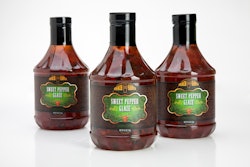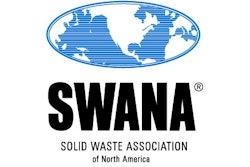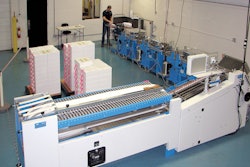The area of law referred to as “intellectual property,” encompassing patents, trademarks, copyrights, trade dress and trade secrets, can be a source of confusion for many people.
Most lawyers, in fact, leave the area to specialists.
Intellectual property often is a company’s most valuable asset. Packaging is intimately involved in intellectual property, as package label content and structural designs can be the subject of trademark or trade dress protection, or even copyright protection, and patents commonly cover packaging structures, designs, or even techniques. All these features can be the very essence of what differentiates your product from the competition or connects in the minds of consumers.
So it’s always good to review the basic concepts of intellectual property law.
Here are summaries of the key types of intellectual property. They are excerpted and adapted from Guide to Packaging Law, 2d Edition, by your humble columnist, published by the Institute of Packaging Professionals, Naperville, IL. You can order it at www.iopp.org/bookstore.
Copyright A copyright is often described as protecting the work of an author—more specifically, the author’s expression of an idea—but not the idea itself. Federal law provides for copyright protection, and it is relatively simple to obtain. You own copyright protection over your original expression by creating it. You give others notice of your copyright simply by attaching your name, the date, and either the word Copyright or the symbol (c) to the written or graphic form of what you create.
If somebody has copied (infringed) your copyrighted work, you can sue to get a court injunction to stop that person from selling or using your work; and you can also sue for money damages. You have to prove the infringer had access to your protected work and copied from it to create his own. A victorious copyright lawsuit can also gain you your attorney’s fees, which are hard to get in patent or trademark infringement cases.
Patent A patent is a U.S.-government-granted right to exclude others from making, using, or selling an invention. In exchange for that monopoly, the inventor “teaches the public” about the invention through the published patent itself.
To be patented, an invention must be a genuine advance beyond what has gone before, which is typically referred to as the “prior art.”
Traditionally, U.S. patents lasted 17 years from date of issue. In 1995, the international GATT treaty changed it to 20 years from date of filing (with special transitional rules, giving patents in effect on June 8, 1995, or issued from applications filed before then, the longer of the two terms).
Copying someone’s patented invention, known as “infringement,” can be stopped by a court injunction and can subject the infringer to money damages. This is true even if the infringement was inadvertent.
Patents need to be actively protected from infringement. As with trademarks, if you, the owner, learn of potential infringers and take no actions against them, you might later be accused of abandoning your rights.
Trade dress This overall look of a package, including its size, shape, color, texture, materials, and label. In many ways, trade dress is package design, because it encompasses the kinds of things a package designer thinks about: shape, color, graphics, and overall appearance.
While trade dress cannot be registered like a trademark, it can be infringed if someone copies it so closely that the public is likely to be confused about who made the product. If someone copies your trade dress too closely, you may sue for unfair competition and obtain an injunction or damages for lost sales.
Trademark A trademark is the word or symbol or a combination of words and symbols that distinguishes one competitor from another. You can create a trademark simply by the act of using it, by filing a trademark application, or by filing for proof of intent to use the mark. Simple computer searches can help quickly establish whether a contemplated trademark conflicts with an existing mark.
Once you have a trademark, if you learn of potential infringers, it is important to take some action to protect your mark, otherwise you might be accused of abandoning it.
Trademarks require a certain level of legal care and feeding to make sure the registrations are up-to-date, to keep an eye out for potential infringers, and to take action against them when found. This kind of maintenance is a necessary and valuable part of doing business in the modern world.
Trade secret Just about any information that gives your company its value by virtue of your keeping it secret from others can qualify for protection as trade secrets. A way of doing something, a formulation, or even some compilations of information might qualify, and if patent protection is not available for it, trade secret protection is often a good way to go. To keep it secret you have to take steps to do just that--protect it against copying or distribution, and give only limited persons access, confirming in writing that they agree to keep it secret. Your employees, business partners, customers or others who learn the trade secrets subject to an obligation to keep them secret from others are liable for damages and injunctions if they violate that obligation.


























